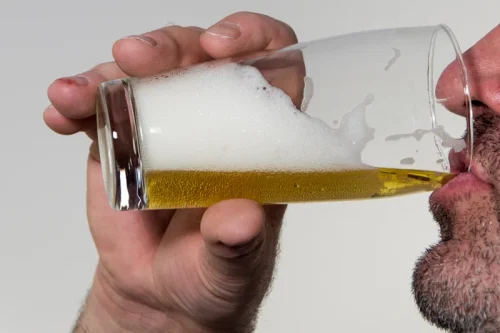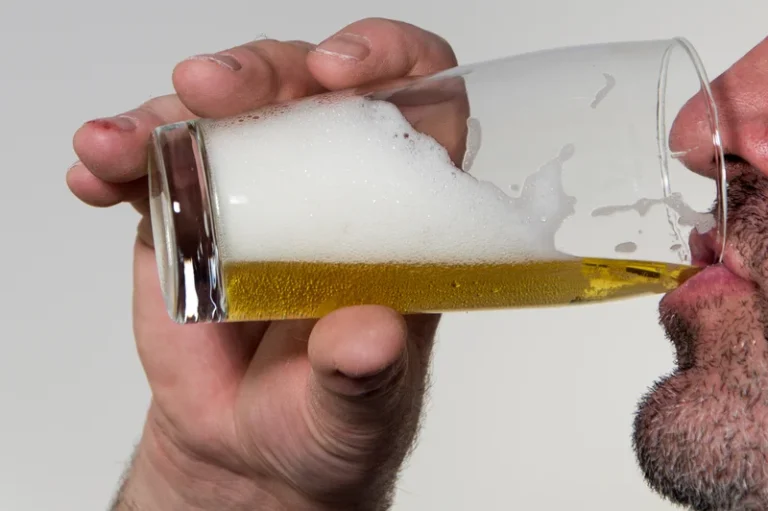
Understanding the underlying mechanisms can help individuals in recovery develop strategies to manage the AVE effectively and promote resilience in maintaining their desired behaviors. In order to understand AVE, it is important to realize the difference between a lapse and relapse. Again, many experts agree that a one-time lapse into using drugs or alcohol does not equally relapse. Relapse occurs when this behavior accelerates back into prolonged and compulsive Alcoholics Anonymous patterns of drug abuse. Despite this, lapsing is still a risk factor and makes a person more prone to relapse. In psychotherapy, an abstinence violation effect refers to the negative cognitive and affective reactions one experiences after returning to substance use after a period of abstinence.
- In the journey of overcoming addiction and or abstaining from an unwanted behavior, individuals often encounter a psychological phenomenon known as the abstinence violation effect (AVE).
- This protects their sobriety and enhances their ability to protect themselves from future threats of relapse.
- AVE also involves cognitive dissonance, a distressing experience people go through when their internal thoughts, beliefs, actions, or identities are put in conflict with one another.
- Setbacks are a normal part of the recovery, meaning the isolated event is not an indicator of overall failure.
- As an example, when out with friends at their favorite hangout, someone with alcohol use disorder may feel like having a drink.
Ark Behavioral Health

Another example is Taylor, who has been doing a wonderful job taking walks and engaging in healthier eating. Taylor uses an app to watch her intake of calorie limit and does see positive outcomes to her new lifestyle. One night, she craves pizza and wings, orders out, and goes over her calories for the day. AVE also involves cognitive dissonance, a distressing experience people go through when their internal thoughts, beliefs, actions, or identities are put in conflict with one another. You’re mindful of your food choices, counting calories, and seeing positive changes in your lifestyle.
Understand The Relapse Process

Learning healthy coping mechanisms can help you manage stress, cravings, and triggers without resorting to substance use. Feelings of guilt, shame, and self-blame may lead people to question their ability to overcome addiction and exacerbate underlying issues of low self-esteem. These patterns can be actively identified and corrected, helping participants avoid lapses before they occur and continue their recovery from substance use disorder. In other words, AVE describes the thoughts, feelings, and actions a person goes through after they make a mistake and have a drink or abuse a substance, despite trying to quit.
How Do You Prevent The Abstinence Violation Effect?
As a result of AVE, a person may experience uncontrollable, stable attributions, and feelings of shame and guilt after a relapse. The AVE describes the negative emotional response that often accompanies a failure to maintain abstinence from drugs or alcohol. In conclusion, the abstinence violation effect is a psychological effect that impacts those in recovery, as well as those who are focused on making more positive behavioral choices in their lives. Through shifting attention towards positive coping skills and strategies, the impact of lapse and the intensity of the AVE can be minimized.
- While some assert that relapse occurs after the first sip of alcohol or use of another drug, certain scientists believe it is a process which more closely resembles a domino effect.
- When you’ve experienced some success in your recovery, you may think that you can return to drug or alcohol use and control it.
- Twelve-month relapse rates following alcohol or drug cessation attempts can range from 60 to 90 percent, and the AVE can contribute to extended relapses.
- It’s commonly observed in individuals striving to maintain abstinence from behaviors like addiction, behavior changes, or eating disorders.
- Learning to recognize and manage this effect is crucial in eating disorder recovery to promote self-compassion, resilience, and sustainable progress.
As a result, the AVE can trigger a cycle of further relapse and continued substance use, since people may turn to substances as a way to cope with the emotional distress. Clinicians in relapse prevention programs and the field of clinical psychology as a whole point out that relapse occurs only after a long-term pattern of specific feelings, thoughts, and behavior. As a result, it’s important that those in recovery internalize this difference and establish the proper mental and behavioral framework to avoid relapse and continue moving forward even if lapses occur.

Unfortunately, a single lapse can cause you to fall into a full relapse because of something called the abstinence violation effect (AVE). It is not necessarily a failure of self-control nor a permanent failure to abstain from using a substance of abuse. Those in addiction treatment or contemplating treatment can benefit from this aspect of relapse prevention. The AVE is a complex interplay of cognitive, emotional, and motivational factors that contribute to intense negative reactions following a perceived violation of self-imposed rules or goals.

What is the abstinence violation effect, and what are the signs of a coming relapse? By providing comprehensive care, our treatment programs create a supportive environment in which our clients can build a solid foundation for lasting sobriety. Reach out to friends, family, or support groups the abstinence violation effect refers to for encouragement during difficult times.
Sensory Issues in ADHD vs Autism: Key Differences & Similarities Explained
But in cases in which a person is prone to this cognitive distortion, abstinence may not be the healthiest approach to take. Other research reveals there may be some benefits to abstinence—some abstinence programs have been positively correlated with reduced teen pregnancy. One study published in the Journal of Health Communication found the “Not Me, Not Now” campaign in Monroe County, New York, https://ecosoberhouse.com/ was strongly connected to a decline in teen pregnancy rates for that county. Additionally, the support of a solid social network and professional help can play a pivotal role. Encouragement and understanding from friends, family, or support groups can help individuals overcome the negative emotional aftermath of the AVE.
There are several factors that can contribute to the development of the AVE in people recovering from addiction. If you are a medical doctor, clinician, or other professional in a field related to this topic and find errors or inaccuracies within this content, please contact us at The abstinence violation effect is also considered an immediate factor of relapse.

